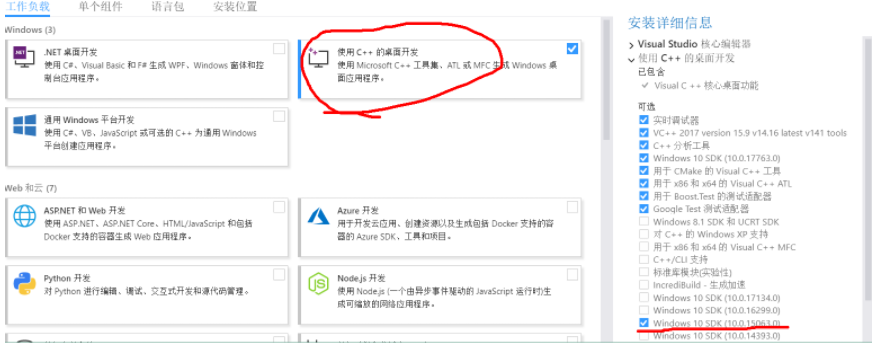I am building a "spring" using the d3-force layout. I want to manipulate it's properties like "strength" and "distance" via user input. For that I am currently using an "input range slider". For better understanding I set up a working draft on codepen where this question is related to: http://codepen.io/bitHugger/pen/XNqGNE?editors=1010
The HTML:
<input id="strengthElem" step="0.1" type="range" min="0" max="2"/>
I wanted to do the event handling something along like this:
let strengthElem = window.document.getElementById('strengthElem');
let strength;
strengthElem.addEventListener('click', function(evt) {
strength = strengthElem.value;
console.log('strength', strength);
}, false);
Now I would like to restart or recalculate the d3.simulation object when some interaction happens with the range slider. This is my current simulation:
let simulation = d3.forceSimulation().nodes(nodes)
.force("link", d3.forceLink()
.id(function(d) { return d.index; })
.strength(function(d) { return 2; })
.distance(function(d) { return 2; }))
.force("charge", d3.forceManyBody());
For the strength and the distance the values are currently hard coded.I would like to change it to e.g.:
.strength(function(d) { return strength; })
.distance(function(d) { return distance; })
I tried to setup a d3.call().on() function but could not get it working. I wonder how I can manipulate the simulation based on unser input, that happens outside of the force() function / outside of the svg container.
Sadly I can't get something working and I don't know how to setup a proper d3 event listener that reacts on the input button and then recalculates the force layout based on the changed values. Any ideas?


